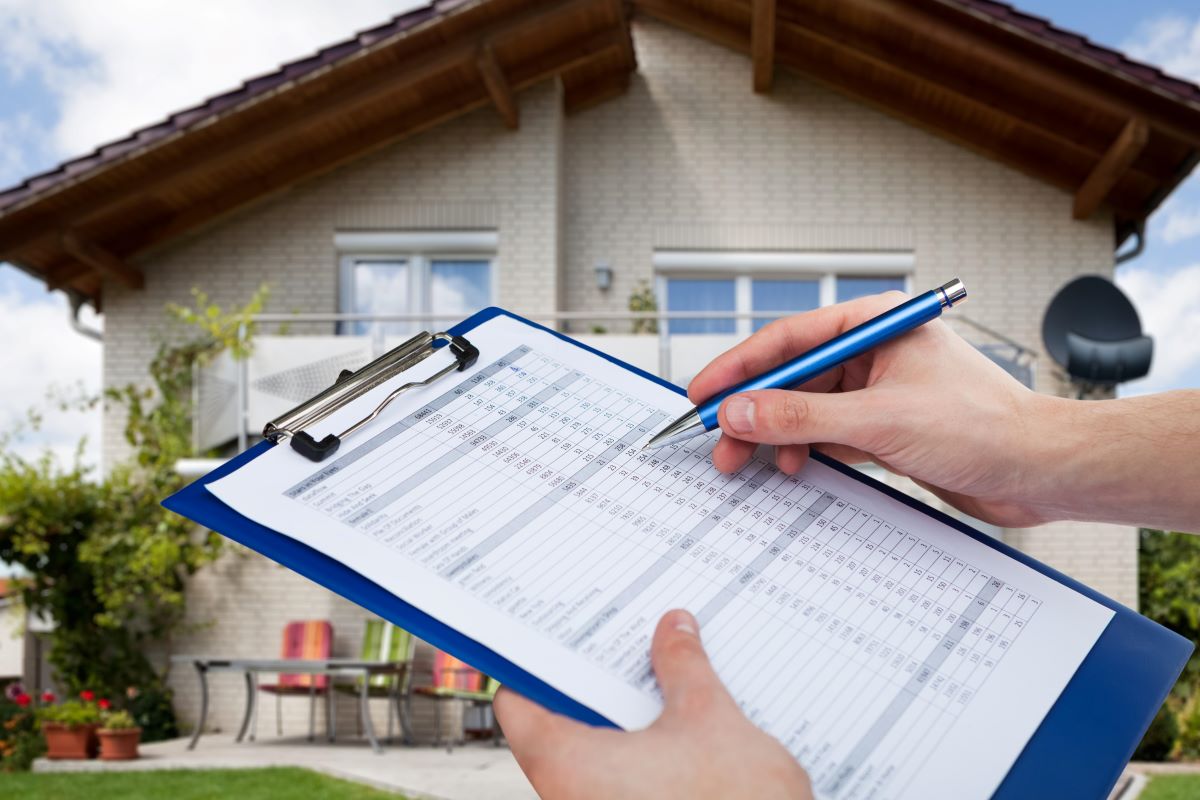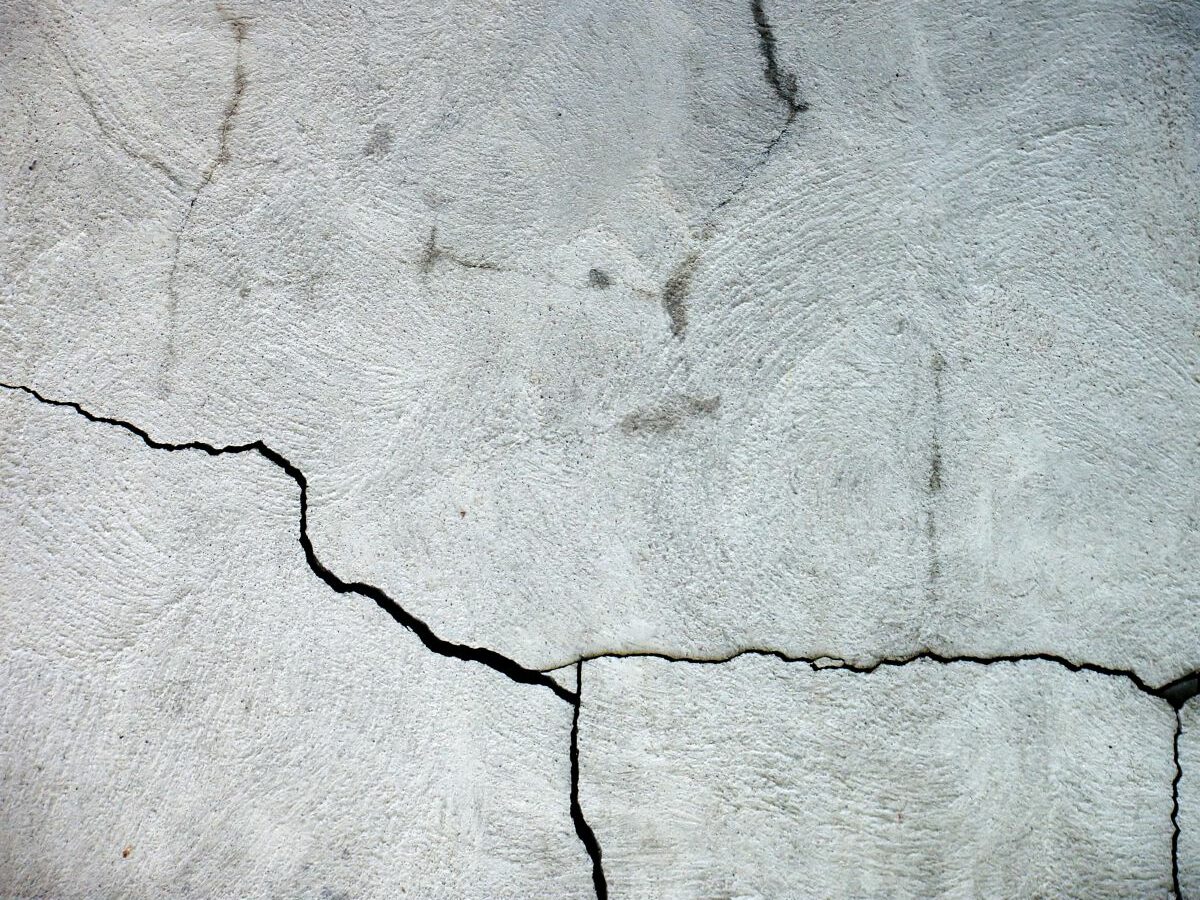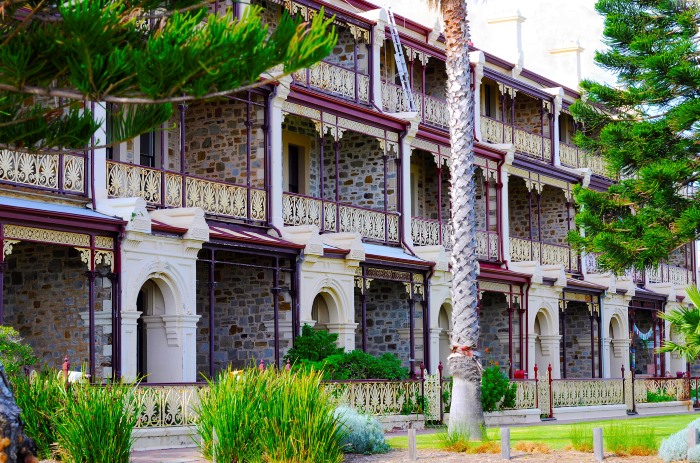When the leaves start fading, the days become shorter, and the smell of wood smoke lingers in the air, you can be sure that winter is coming. While we may not experience the snowstorms of Europe or North America, South Australian winters are nothing to scoff at. The mercury quickly drops below zero, storms can howl for days, and power outages are not uncommon.
For many homeowners in Adelaide, preparing their homes for winter means battening down the hatches and ensuring everything is in good repair before the weather starts to turn. However, making your home winter-ready doesn’t have to be daunting. In this blog post, we’ll share a few simple tips and tricks that will guarantee your home will be warm and toasty all winter long. If you’re looking for an easy checklist to guide your winter preparations, this blog post is for you!
Contents
- 1 1. Evaluate the condition of your roof
- 2 2. Clean out your gutters and downspouts.
- 3 3. Inspect your windows and doors.
- 4 4. Clean your fireplace and chimney
- 5 5. Ensure you have access to a reliable heater
- 6 6. Check your smoke alarms and carbon monoxide detectors
- 7 7. Prepare your home for power outages
- 8 8. Improve your home’s insulation
- 9 9. Attend your garden
- 10 10. Winterise your patio
- 11 11. Prepare your pool
- 12 12. Invest in a professional building inspection
- 13 That's a wrap.
1. Evaluate the condition of your roof
Let’s start from the top. One of the most important things to do before winter is to make sure your roof is in good condition. After all, your roof is what protects you and your family from the elements. Some confusion about what constitutes standard wear and tear for a roof is expected, so it’s always best to get a professional opinion. However, if you’re looking to do a quick assessment yourself, here are a few things you can check for:
- Missing or damaged tiles
- Gaps in the roofline
- Stains on the ceiling or walls
- Excessive moss or lichen growth
- Weeds in gutters
- Sagging roof
Of course, the signs of a roof needing repair aren’t limited to external damage. It’s important to remember that all elements of your home are interconnected. If you’ve noticed any of the following, then it may be time to consider a roof restoration.
- Your energy bills have increased significantly
- Rotting beams
- Your ceiling shows signs of water damage or discolouration
If you have any concerns about the condition of your roof, it’s best to have a professional evaluation. They will be able to tell you if there are any weak spots or areas that require targeted repair. For further information about the most common roof defects that may be of concern, be sure to read our informative article, ‘Why Roof Inspections Are Important Before Buying a House’.
2. Clean out your gutters and downspouts.
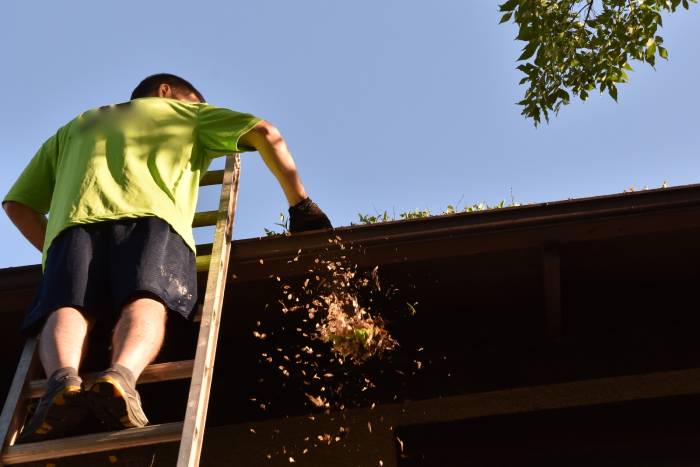
Gutters and downspouts play an important role in protecting your home from water damage. When they become clogged with leaves and debris, they can’t do their job correctly. As a result, water can back up and cause severe damage to your roof, walls, and slab. Any weakening of your home’s foundation is particularly concerning, as it can lead to structural damage. To avoid serious problems, clean out your gutters and downspouts at least once a year.
3. Inspect your windows and doors.
Next, it’s essential to look at the condition of your windows and doors. If you uncover any cracks or holes, now is the perfect time to repair them. Don’t forget to check the sealant around your doors and windows. If you notice any gaps, add some new sealant.
Another way to prevent the winter chill penetrating into your home is to invest in some heavy-duty curtains. Professionally fitted and lined drapery is a relatively easy and affordable way to insulate your home. When choosing curtains, look for thick fabric paired with a high-quality lining, such as cotton, or a thermal combination of polyester coated with acrylic foam. This will help ensure they’re effective in trapping heat.
4. Clean your fireplace and chimney
This one is important! A build-up of soot and debris in your chimney can form a fire hazard, so it’s essential to get it cleaned before regularly using your fireplace. If you don’t feel comfortable doing this yourself, plenty of professional chimney cleaners will be happy to help.
Once your chimney is clean, it’s time to focus on your fireplace. Start by giving it a good sweep with a brush and vacuum. Then, take a look at the sealant around the firebox. If it’s cracked or damaged, now is the time to repair it.
If you plan on using your fireplace this winter, it’s crucial to have a good supply of firewood. It’s best to buy firewood in advance to not worry about running out in the middle of a cold night. When choosing firewood, look for logs that are hard and dry. These will burn more slowly and produce less smoke.
5. Ensure you have access to a reliable heater
If you don’t have a fireplace, then it’s essential to ensure your heater is in good working condition. Schedule a professional service to make sure everything is running smoothly. This will help prevent any unexpected breakdowns when you most need it.
If you’re looking for an additional source of heat, then it’s time to invest in a quality portable heater. There are many different types of heaters on the market, so it’s essential to do your research and find one that best suits your needs. When choosing a portable heater, it’s important to consider the size of the room, the wattage, and safety features.
6. Check your smoke alarms and carbon monoxide detectors

Ensuring that your smoke alarms and carbon monoxide detectors are in good working order is always a good idea, but becomes imperative before winter when the risk of fires and carbon monoxide poisoning increases.
If you don’t have a carbon monoxide detector, now is the time to get one. These devices are relatively inexpensive and could save your life in a gas leak or other accident.
7. Prepare your home for power outages
Power outages are more common in winter due to severe weather conditions. Consequently, it’s essential to be prepared. A backup generator is always a good investment. A generator can keep your home warm and provide you with power for essential items like the fridge and lights. If you don’t have a generator, consider purchasing one before winter hits.
8. Improve your home’s insulation
There’s nothing worse than coming home to a cold house on a chilly winter day. To avoid this, ensure you have adequate insulation in your walls, ceiling and roof. Poorly insulated roofs are one of the leading causes of heat loss in homes. You might also consider installing double-pane windows to stop the heat from escaping your home.
If you’re not sure whether your home is adequately insulated, it’s good to have an energy audit performed. An energy audit will give you a clear picture of where your home is losing heat and what needs to be done to fix the problem.
9. Attend your garden
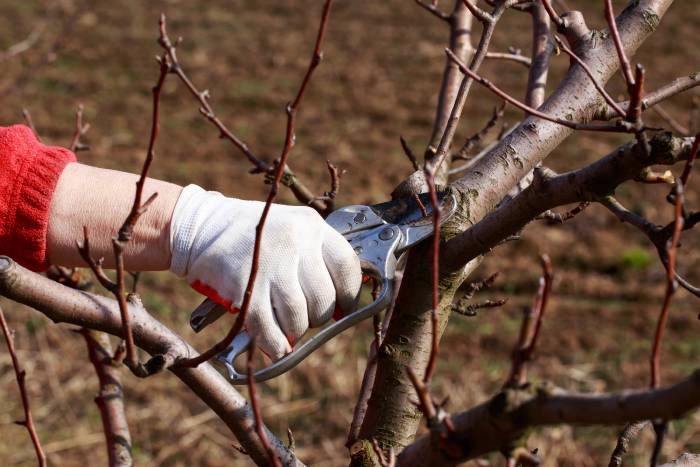
Winter may not seem like the ideal time to invest in your garden. After all, most plants are dormant during this season. However, you can do a few things to make your garden look its best during the colder months.
One of the most important things you can do is pruning trees and shrubs. Dead or overgrown branches can fall and damage your home or injure someone during a winter storm. Before the weather gets too cold, take some time to give your garden a trim to keep it healthy and prevent any accidents from happening.
The weeks leading up to winter are also the best time to plant Australian natives. These plants are drought-resistant and can withstand cold temperatures, making them the perfect choice for winter. Autumn is also the ideal time to give your lawn some love. Aerating and top-dressing your lawn will help to ensure a healthy, green lawn come spring.
Finally, if you have any tender plants that are sensitive to the cold, now is the time to move them indoors. This will help to ensure that they survive the cold weather and are ready to bloom in spring.
10. Winterise your patio
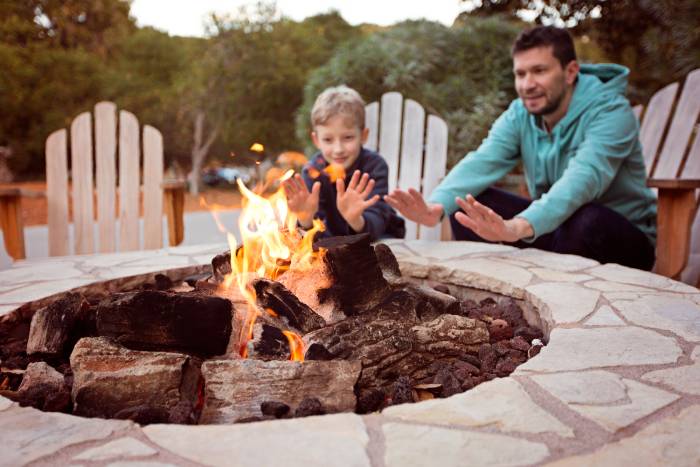
If you have a patio or deck, now is the time to get it ready for winter by power washing the surface and repairing any cracks or damage. You should also apply a sealant to help protect the material from the elements.
Once your patio is clean and in good repair, you can start thinking about making it more winter-friendly. An outdoor fireplace or heater can transform your patio into a warm and inviting space for you to enjoy during the colder months.
11. Prepare your pool
If you have a pool, you’ll need to take some steps to prepare it for winter. This includes cleaning the pool, removing all the furniture and accessories, and adding a winter cover. You should also ensure that your pump and filter are working well. This will help to prevent any damage from happening over the winter months. It’s also essential to test the pool’s chlorine levels and adjust them accordingly. This will help to keep the water clean and prevent algae from growing.
12. Invest in a professional building inspection
Even if you’ve followed the above steps, it’s always good to have a professional building inspection before winter hits. This service will identify potential problems and give you peace of mind knowing that your home is ready for the colder months. A qualified building inspector will have the tools and experience to provide you with a report detailing any problems that need to be addressed, such as cracks in the foundation, roof leaks, and insulation issues.
A building inspection is an excellent way to ensure that your home is ready for winter and avoid costly repairs. While hiring a building inspector promoting low winter rates may be tempting, make sure to research their qualifications and experience to ensure you’re getting the best value for your money. For more information outlining the importance of finding reputable building inspection services, check out our extensive article, ‘4 dangers of hiring an inexperienced building inspector’.
